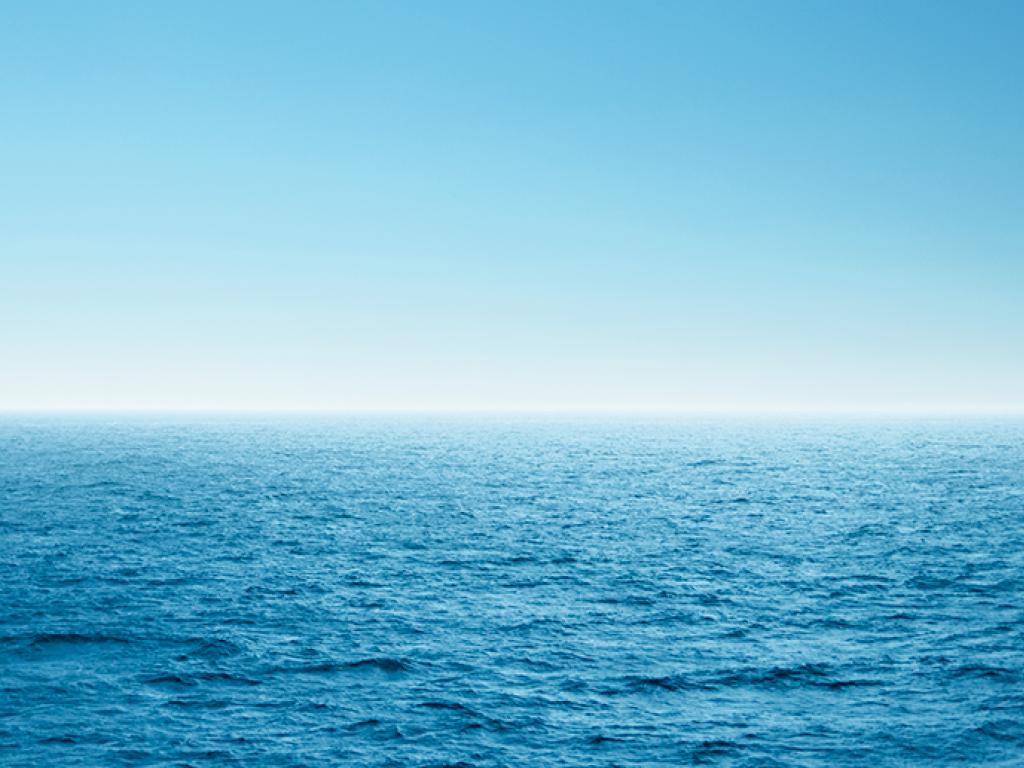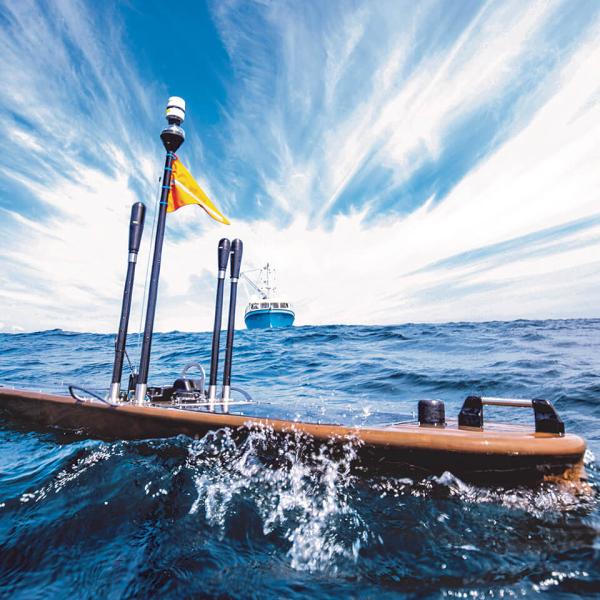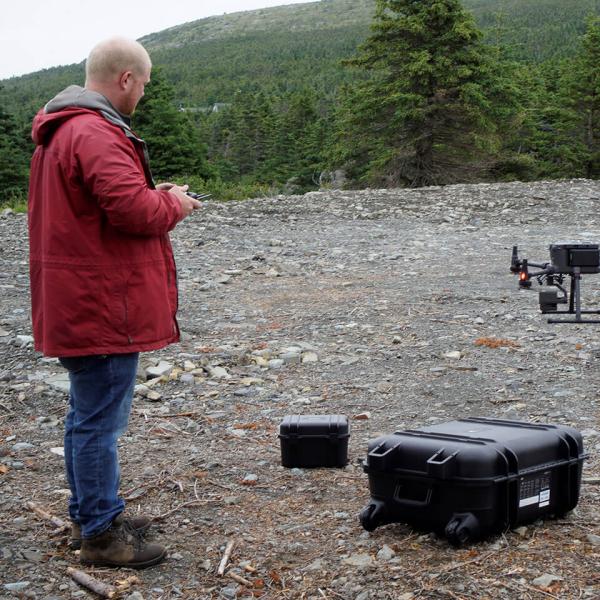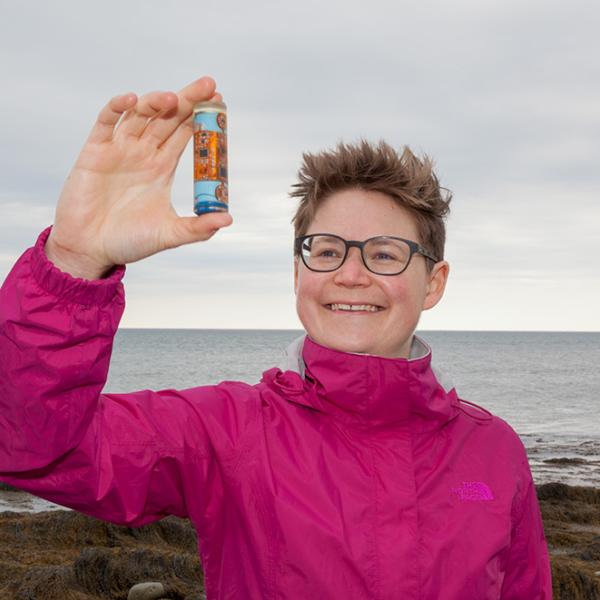In the upper 2,000 metres of the North Atlantic Ocean, an array of free-drifting floating sensors will soon reveal detailed data about the effect climate change is having on the region’s lucrative fisheries.
Starting as early as next fall, the Argo floats will begin making weekly trips from the deep ocean to the surface of the northwest North Atlantic Ocean and the Labrador Sea. On the way up, their miniature sensors will measure oxygen, nitrate, pH, suspended particles, chlorophyll, light, temperature and salinity.
They will then beam that data in real time via satellite to a network of scientists led by two oceanographers, Dalhousie University’s Katja Fennel and Memorial University’s Uta Passow. The measurements will help them address urgent questions about the marine food web’s productivity and carbon export.
“There are pretty well-founded concerns that productivity will decrease with ocean warming and acidification,” says Fennel. “But we don’t have a grasp on where and when.”
Changing oceans are a canary in the coal mine
Their team also expects to better understand how much human-made carbon dioxide that part of the ocean is absorbing and how long it can continue to do so. That in turn could inform carbon accounting and trading policies.
The study area is particularly important because it includes the Labrador Sea, says Passow. It is one of those crucial ocean regions where surface water cools, sinks and helps drive currents, much like a conveyer belt. This makes it a major pathway for supplying oxygen to, and storing carbon dioxide in, the ocean's interior. It’s also highly sensitive to climate-induced changes.
“It connects all the world’s oceans and connects surface layers with deep layers,” says Passow. “That means it can give us an indication, like a canary in a coal mine, if something is changing."
Plugging into an existing ocean science network
The project builds on the international Argo network of roughly 2,000 existing floats, equally distributed across the world’s oceans. While these floats have been collecting temperature and salinity for a couple decades, Dalhousie’s new models will yield even more insights.

“This builds on a really successful program,” says Fennel. “We now have 20 years of core data. The new sensor will pick up six additional measurements.”
There are already 300 to 400 of these upgraded floats in use and the goal is to boost that number to 1,000. Included in the research team’s array of 40 upgraded floats are 10 that will measure profiles multiple times a day — the only ones in the network that will do so. More frequent sampling will be particularly useful for monitoring changes during the spring when the largest algal blooms occur.
“Our angle has been to push the science forward and to take even more measurements,” says Fennel.
Return to the collection






